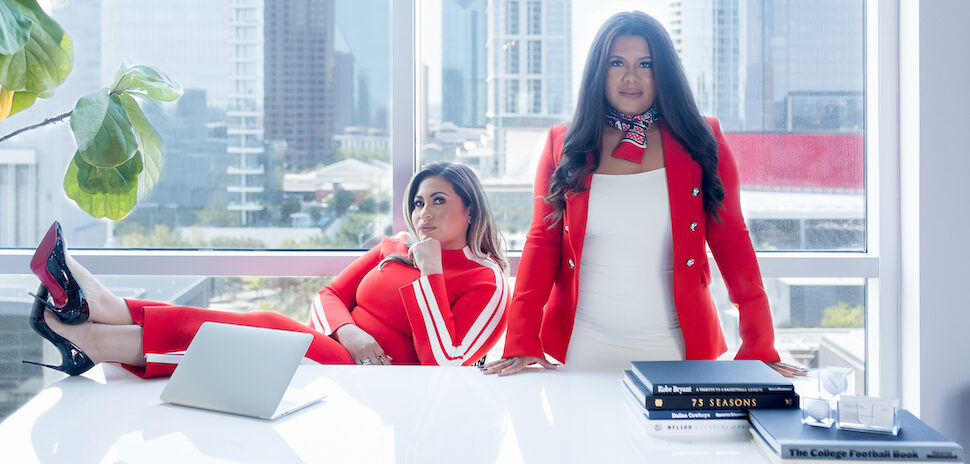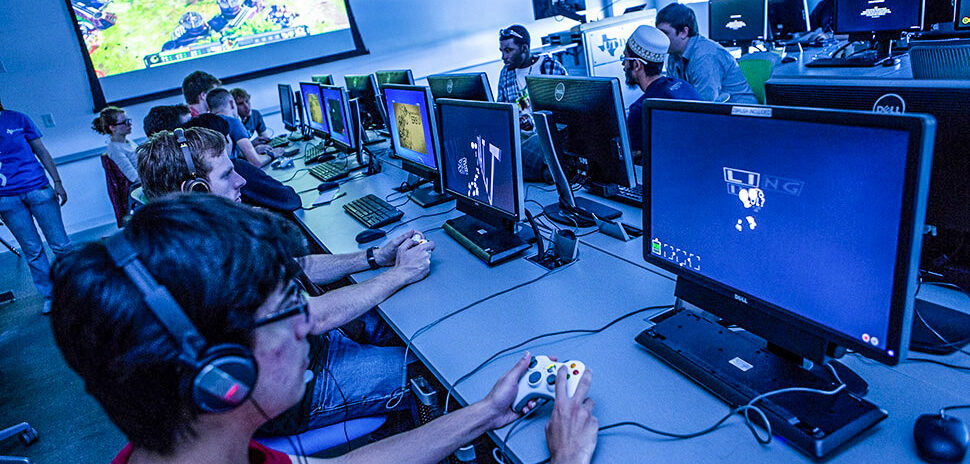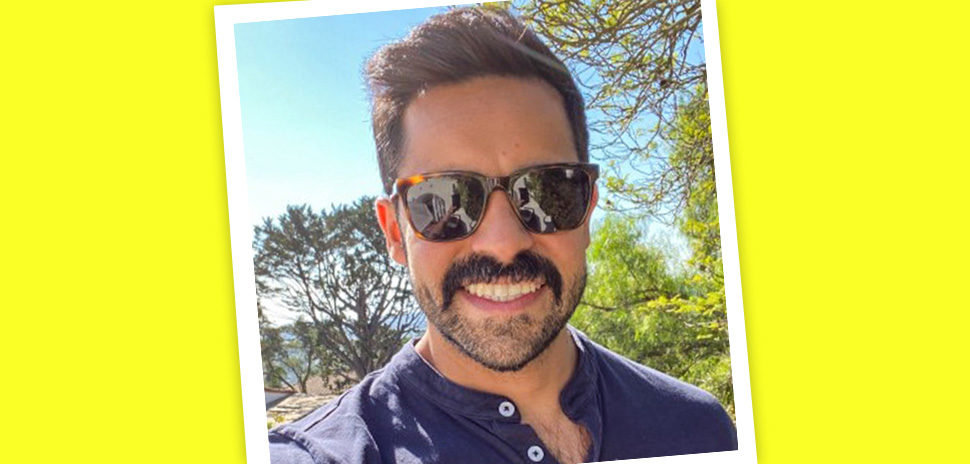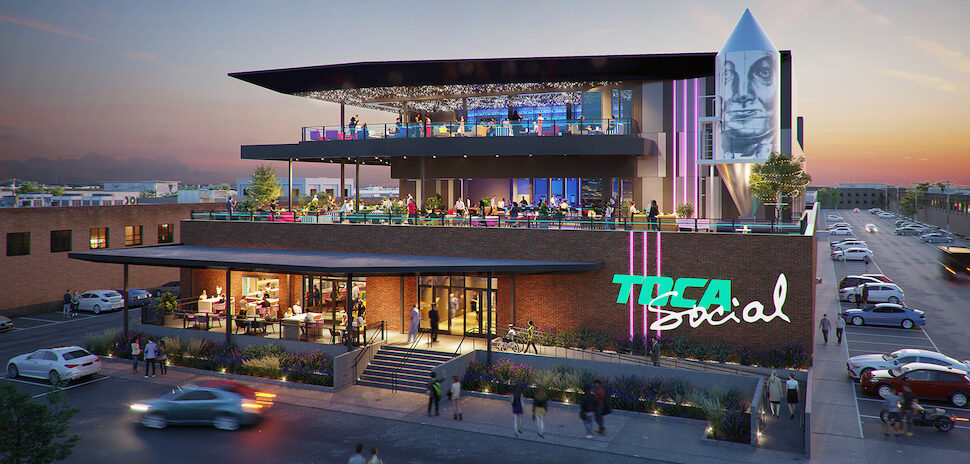If a boring boarding pass or jumbled website drives you crazy, it’s probably because you’re a designer at heart.
But changing that design won’t be easy and it requires buy-in from everyone, even non-designers who lack your talent or vision.
Jared Spool delivered that wake-up call during his keynote address at the Big Design Conference Friday at the Crowne Plaza Dallas hotel in Addison.
The three-day conference brought together professionals in user experience, web development, and digital marketing to discuss industry trends.
As the founder of UIE, a research and consulting firm that specializes in user experiences, Spool told attendees several stories of the challenges talented designers face in getting their visions executed.
SEEK REAL LIFE TESTERS FOR USABILITY FEEDBACK
One of the most important steps for designing a good user experience is seeking real-life testers and watching them use the platform, Spool said.
“That change alone dramatically improved the quality,” Spool said. “When people are exposed to real users using the design, those people can create better things.”
He told the story of PayPal going through a radical 10-week crash course to redesign its checkout sequence. The process leaned heavily on user testing and feedback from users.
But, most large corporations are unlikely to make radical changes on a whim.
In another example, a designer couldn’t believe his airline boarding pass was so drab with black writing on a white background with no color. On his own time, he designed a colorful boarding pass with all the relevant information that was branded with the airline’s colors.
“When people are exposed to real users using the design, those people can create better things.”
Jared Spool
Later, the designer, who didn’t work for the airline, discovered that printing his boarding passes would require the airline to replace thousands of printers with new color ones that cost four times as much. Not to mention the entire supply chain to get the paper stock to those printers would radically change.
Another frustrated designer took it upon himself to completely redo another airline’s website — even though he didn’t work for the company — and presented it to executives.
Though it had a better user experience and design, the airline’s designer quickly defended the existing website.
“It had to do with the business, how it was structured, who was in charge,” Spool said. “There were too many reasons that would prevent this design from ever seeing the light of day.”
UNDERSTANDING CONTEXT IS IMPORTANT IN DESIGN
Spool explained that design is the rendering of intent, but context is also important.
“If we design without understanding the context, we will not get the intentions we want,” Spool said.
Spool is also the founder of Center Centre, a design school in Chattanooga, Tennessee. It’s a two-year curriculum developed to help designers learn not only how to design, but how to work with a team who may not share their vision.
“If we design without understanding the context, we will not get the intentions we want.”
Jared Spool
“We have to help every team member think that they could become a good designer and we have to have that expectation,” Spool said. “You cannot master your craft until you are fluent in it.”
Once designers reach the fluent stage of “unconscious competence,” they can create great user experiences without thinking about it.
He also talked about the importance of avoiding expectancy bias.
He used the example of lab rats placed in cages labeled smart rats and dull rats. The graduate students ran experiments with the rats and found the smart rats performed better. The test was done multiple times by a university professor not to show one group of rats were smarter, but that expectations by the students could affect the outcome.
“We are subject to the exact same biases. If someone is not a designer, we treat them differently and it will change our outcomes,” he said. “We need to change our expectations to get better outcomes.”
[ Feature art: Photo Illustration by Dallas Innovates. Jared Spool YouTube image. ]
Watch Next
In this episode of High Resolution, Jared Spool talks about the topics of UX design’s coming of age, the true role design plays in a business, and dives into the details of what his design school is aiming to do differently.
Dallas Innovates, every day
One quick signup, and you’ll be on the list.


































































